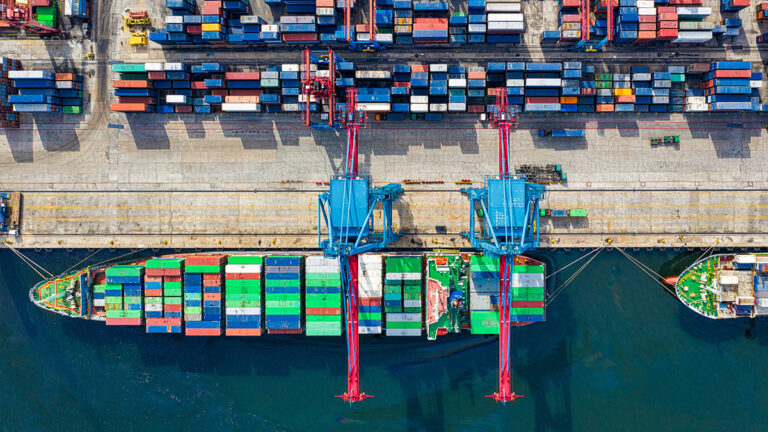What is CIP (Carriage and Insurance Paid To)
Definition:
CIP, or Carriage and Insurance Paid To, is an international trade term that outlines the responsibilities, costs, and risks associated with the delivery of goods from the seller to the buyer. CIP terms specify that the seller is responsible for arranging and paying for the carriage (transportation) and insurance of the goods to a named destination, typically in the buyer’s country. This trade term, recognized under the Incoterms (International Commercial Terms), is widely used in international trade and provides clarity on the roles and obligations of both parties.
Significance:
Clarity in Trade Transactions: CIP offers a clear framework for international trade transactions, ensuring that both the seller and the buyer understand their respective responsibilities.
Risk and Insurance: CIP stipulates that the seller is responsible for arranging and paying for insurance coverage for the goods during transit, providing a level of risk mitigation for both parties.
Transportation Management: It allows buyers to have goods transported to a destination of their choice, giving them control over the logistics and allowing them to select their preferred transportation methods.
Importance:
Seller’s Responsibility: Under CIP terms, the seller is responsible for arranging and paying for the transportation and insurance of the goods until they reach the named destination in the buyer’s country.
Buyer’s Role: The buyer takes over responsibility for the goods upon their arrival at the designated destination, including handling import clearance, customs duties, and further transportation to the final destination.
Risk Mitigation: CIP requires the seller to arrange insurance for the goods during transit, offering protection against loss or damage. This is an essential aspect of CIP terms, enhancing security for both parties.
Key Aspects of CIP:
Carriage and Insurance: CIP signifies that the seller is responsible for both the carriage and insurance of the goods. The seller must arrange for transportation and cover the costs involved, including the insurance premium.
Named Destination: CIP specifies a named destination in the buyer’s country. The seller is responsible for delivering the goods to this location, ensuring that the buyer can access them.
Risk Transfer: The risk associated with the goods transfers from the seller to the buyer upon delivery to the named destination.
Insurance Coverage: The seller must arrange and pay for insurance coverage for the goods during transit. This insurance should be adequate to protect the interests of both parties in case of loss or damage.
Transportation Arrangements: While the seller arranges transportation to the named destination, the buyer can have a say in the choice of transportation method, allowing for flexibility in the logistics.
Cost Allocation: The seller bears the costs associated with carriage and insurance to the named destination. The buyer assumes responsibility for costs, including import clearance, customs duties, and further transportation from the destination to the final location.
Communication and Documentation: Timely and accurate communication of documents is essential in CIP transactions. The seller must provide the necessary documentation for export and insurance, while the buyer must ensure that import documentation is in order.
Insurance Terms: CIP requires insurance that covers risks up to the named destination. It is advisable for both parties to be aware of the terms of the insurance coverage to address any issues that may arise.
In summary, CIP (Carriage and Insurance Paid To) is an international trade term that defines the responsibilities, costs, and risks related to the delivery of goods from the seller to the buyer. It emphasizes the seller’s role in arranging and paying for both transportation and insurance, providing a clear framework for international trade transactions. CIP is notable for its risk mitigation through insurance coverage, transportation management flexibility, and clarity in specifying responsibilities. Effective communication, accurate documentation, and risk management are key elements in successful CIP transactions, highlighting the importance of understanding roles and responsibilities in global trade.






